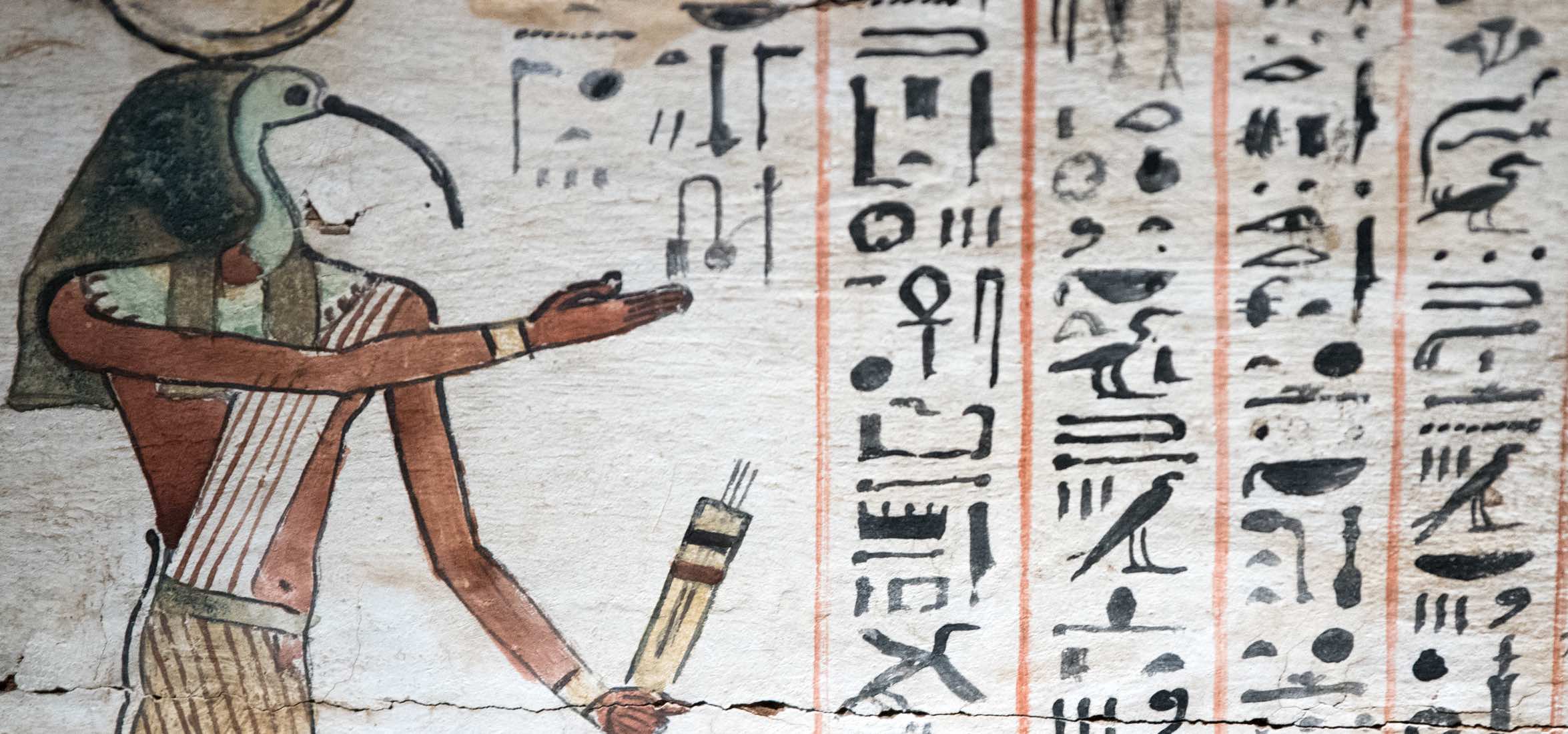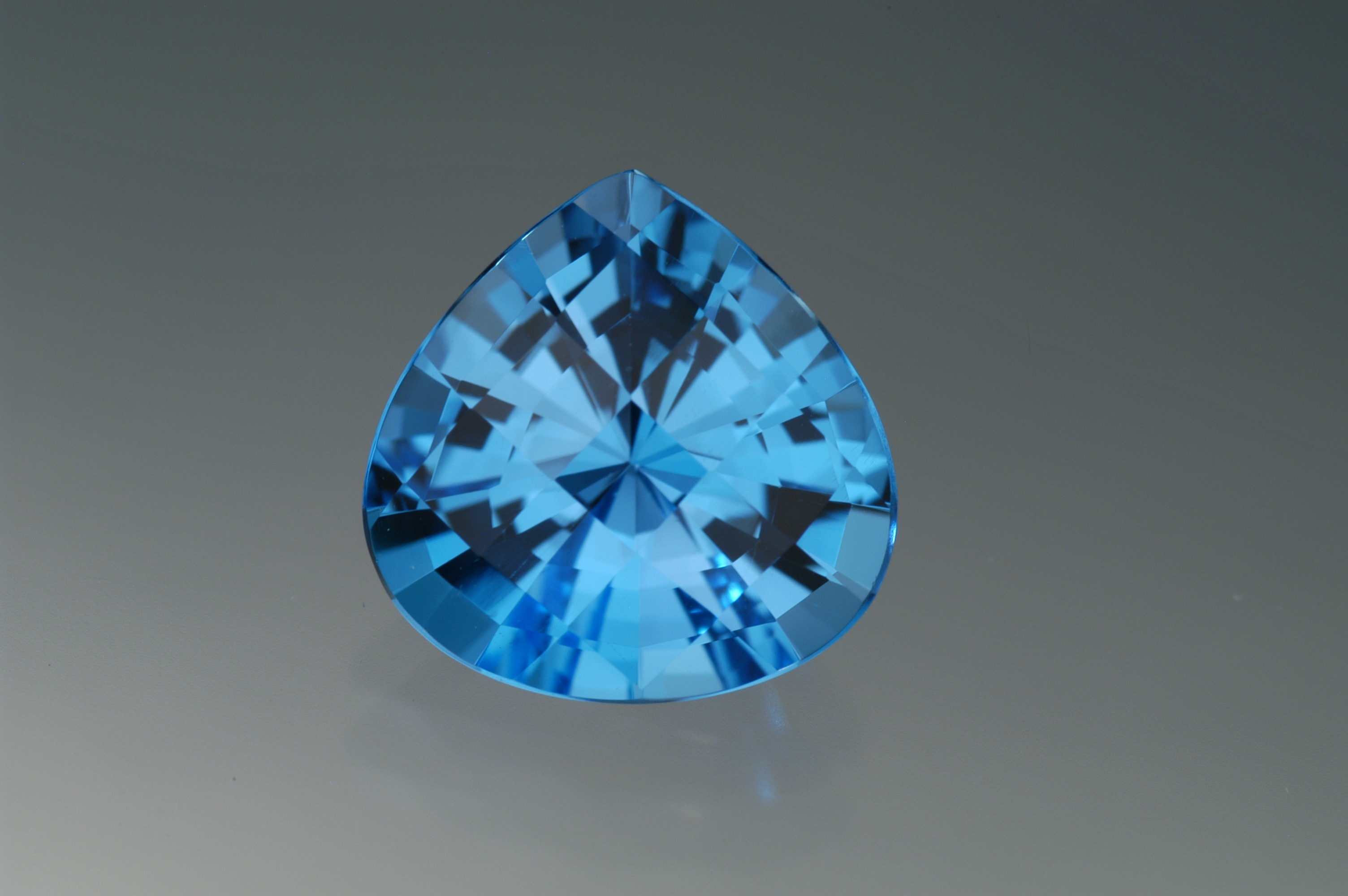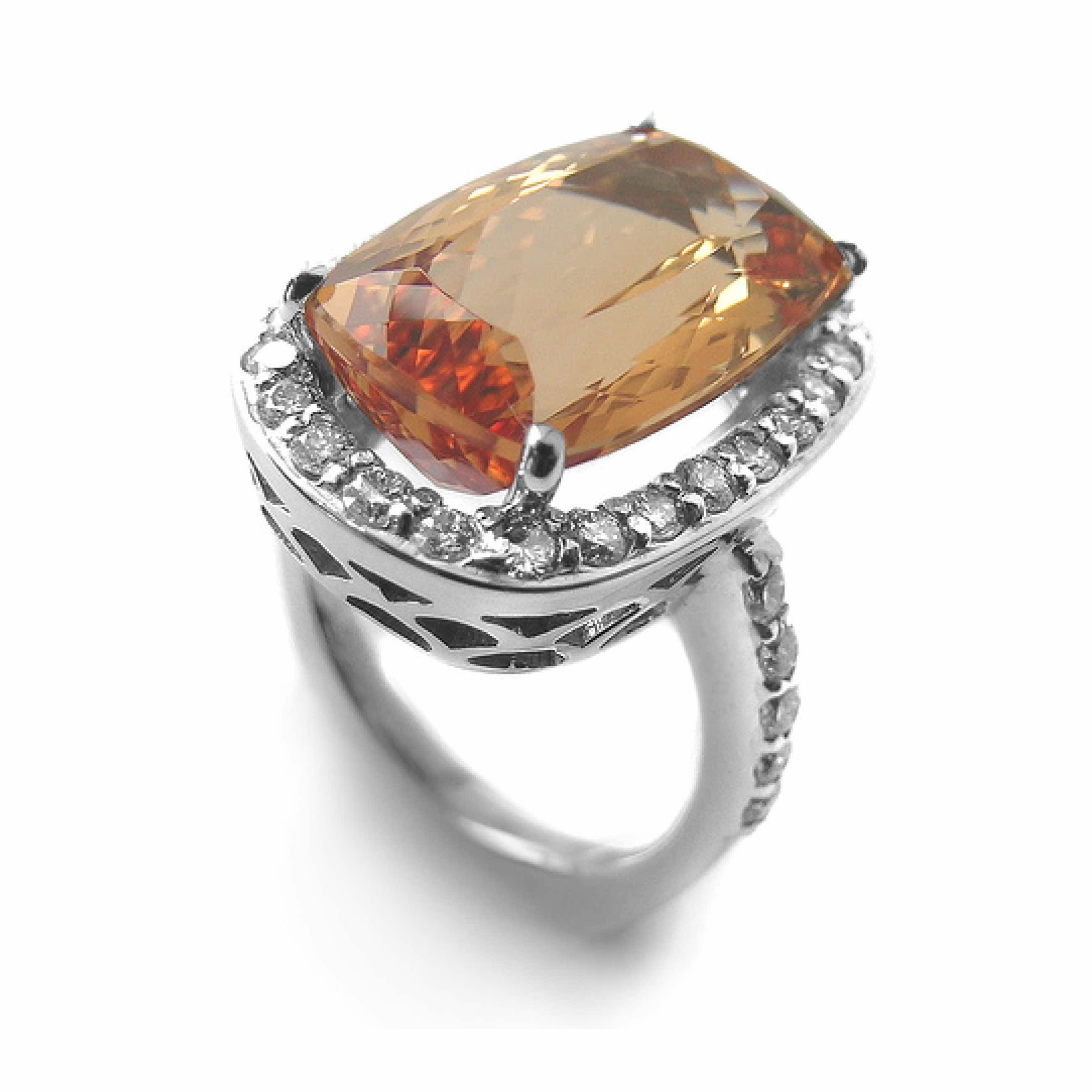
TOPAZ: November Birthstone

HISTORY
The ancient Egyptians believed that the gemstone topaz was colored by the glow of the sun god, Ra. The ancient Greeks believed topaz had the power to increase strength and make its wearer invisible in times of emergency. Early discoveries of topaz from Brazil adorned the jewelry of the 18th and 19th Century Russian Czarinas, earning the stone the moniker of “Imperial Topaz.”

ORIGINS
Today, topaz deposits are found in Brazil, United States, Madagascar, Myanmar (Burma), Namibia, Zimbabwe Mexico, Sri Lanka, Pakistan, Russia, and China.
Topaz can feature the amber-gold of cognac or the blush of a peach, and any shade of warm brown or orange in between. Some rare and exceptional examples are pale pink to sherry red.


Blue, once the rarest color of topaz, is now the most common, due to an enhancement process that turns colorless topaz blue. After the raw topaz is extracted from the earth and cut, it is irradiated to brown and then heated to sky blue. This enhancement process is permanent.
SELECTING A GEMSTONE
Most people are familiar with Topaz in its ubiquitous blue hues. Blue topaz is produced by taking colorless topaz and subjecting it to irradiation and heat, producing a variety of saturation from deep blue to the lighter pastel shades. The treatment is permanent and the value is reasonably consistent so the selection of the most preferable becomes a matter of taste.
Other naturally occurring hues of Topaz include brown, orange, pink and rarely red. The value of these hues will be dependent upon how well saturated the color is in the gemstone, with browns being the more common, and consequently more affordable, through the more vibrant shades of orange and pink.


Topaz regularly occurs in larger sizes which provides jewelry designers the opportunity to make larger statement pieces at very affordable prices. Topaz, because of the shape of the natural crystals is regularly cut into ovals, pear shapes and cushion cuts. Because of the often elongated shape of the cut gemstones color can become concentrated in the ends of the gems rather appearing even throughout, a characteristic that should be considered when selecting ones preference.
Imperial Topaz is a trade name that is most often associated with an orangey-pink to pinkish red varieties of the gemstone. The name derives from an early source in the Ural Mountains in Russia. The material was nicknamed “Imperial topaz” in honor of the Russian royal family, who were the only ones allowed to possess and wear this special gem.

CARE
With a hardness of 8, topaz is ideal for everyday wear. To clean topaz jewelry at home, soak pieces in a solution of warm water and a mild dish detergent. Use a soft brush to clean behind the setting where dust can collect, and let dry on a soft towel.


